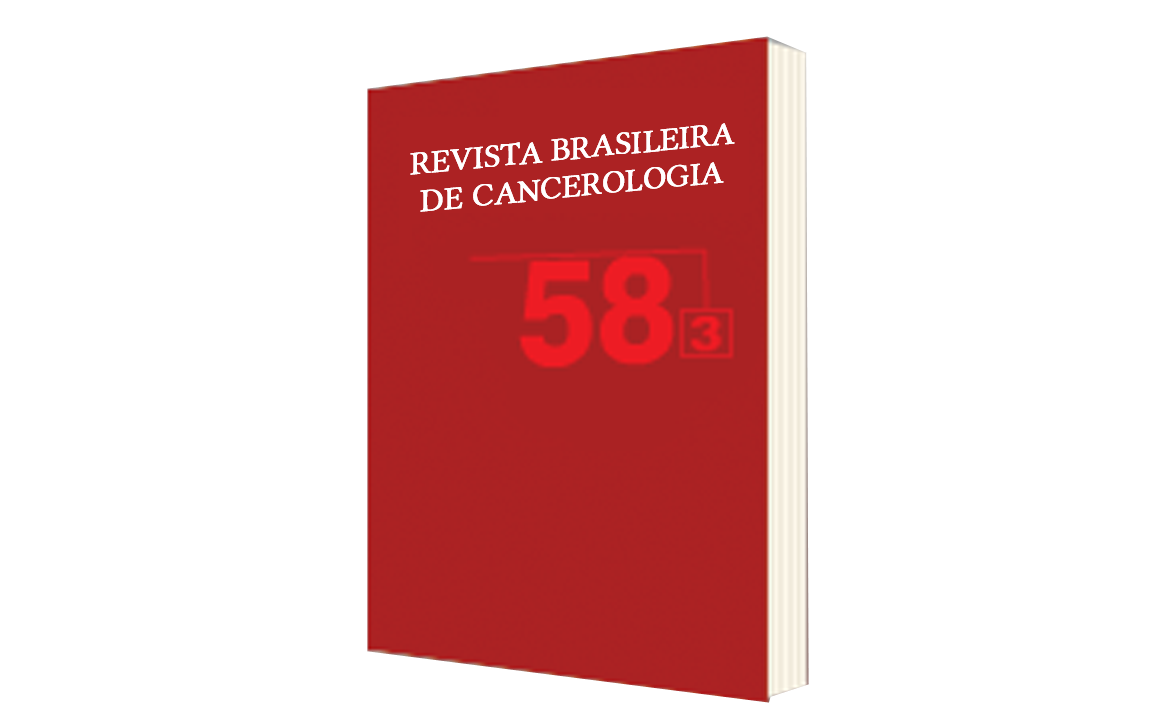Natural History of Precancerous Cervical Lesions: an Exploratory Study of a Cohort of Women from Rio de Janeiro - RJ, Brazil
DOI:
https://doi.org/10.32635/2176-9745.RBC.2012v58n3.587Keywords:
Uterine Cervical Neoplasms/epidemiology, Precancerous Conditions, Cervical Intraepithelial Neoplasia, Natural History of DiseasesAbstract
Introduction: Cervical Intraepithelial Neoplasia (CIN), when untreated, is likely to progress to cancer, persists as CIN, or regresses to a normal tissue. Objective: To determine the pattern of natural evolution of precancerous lesions of the cervix, and to evaluate the role of co-factors on the risk of cervical cancer development in a cohort of women from Rio de Janeiro, Brazil. Method: An exploratory study was carried out in 227 women with precancerous lesions referred from the Cervical Pathology Center from 1998 to 2000. The evolution of precancerous lesions was ascertained in patients who were left untreated for presenting clinical limitations. Patients were followed for two years, with a cytological exam. Cytological results were classified as follows: Low grade Squamous Intraepithelial Lesion (LSIL), high grade Squamous Intraepithelial Lesion (HSIL). Likelihood and risk of regression, persistence and progression of precancerous lesions were determined using the Kaplan Meier test (L-R:95%) and the Proportional Cox Regression test. Results: The lesion regression likelihood was the following: 46% (LSIL), 72.8% (HSIL). HSIL was more likely to persist (43.1%) and progress to cervical cancer (7.1%) than LSIL. Women <30 years were more likely to regress (79.9%) than older women, and women ≥50 were more likely to show lesion persistence (43.3%) and to progress to cervical cancer (31.8%) than younger women. Conclusion: Women <30 years at diagnosis of LSIL were more likely to regress than older women, and women ≥50 years with HSIL were at higher risk persistence and progression, when compared to younger women.






